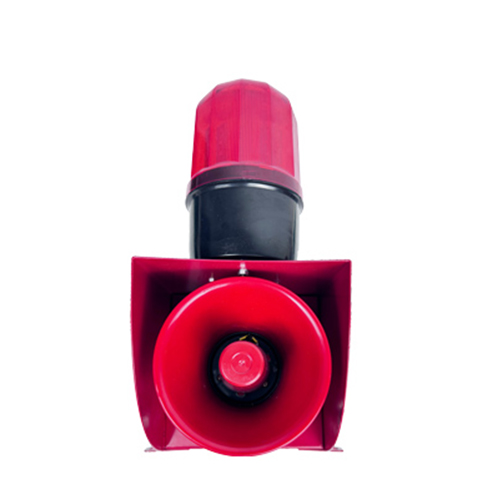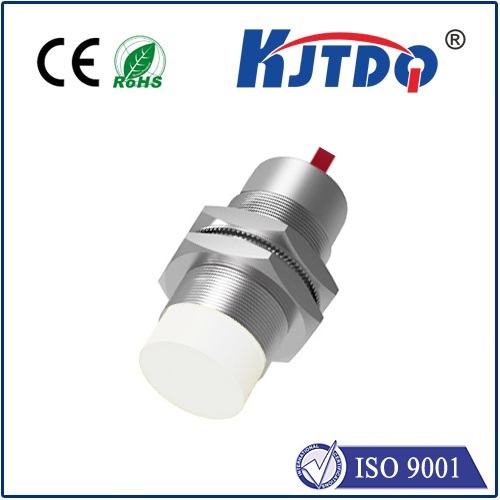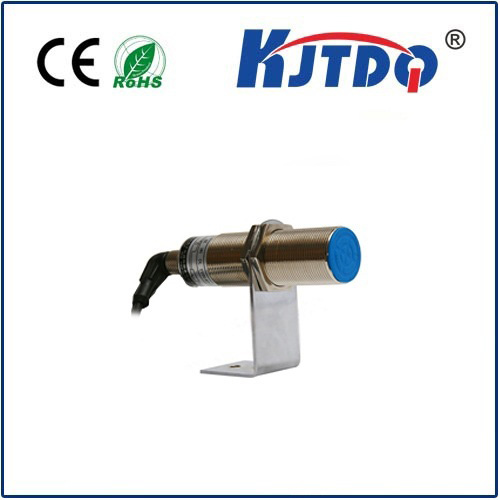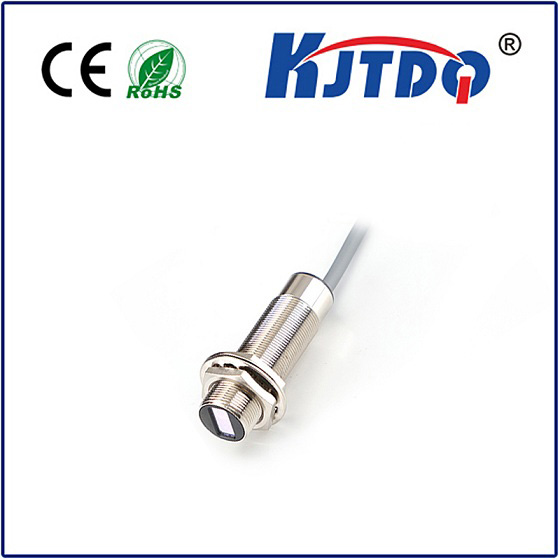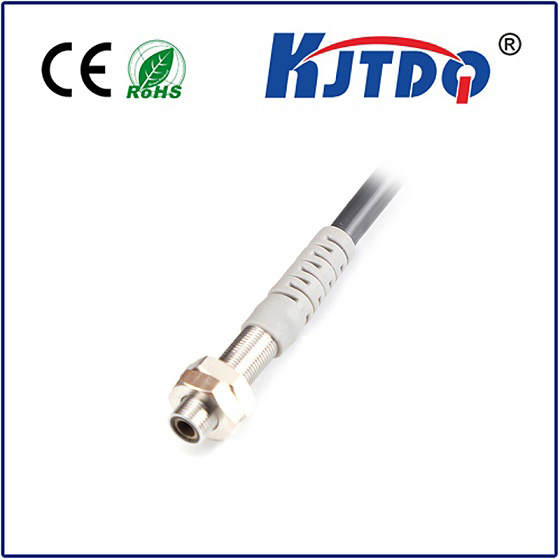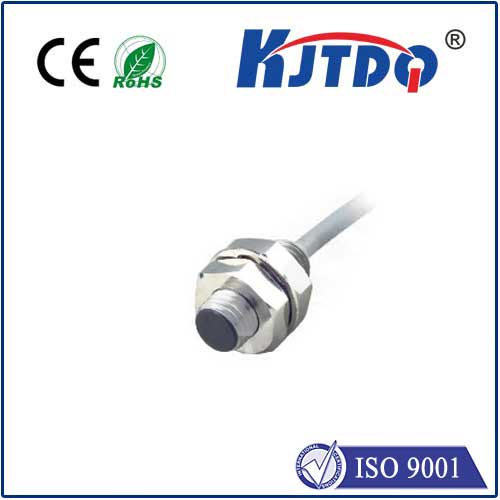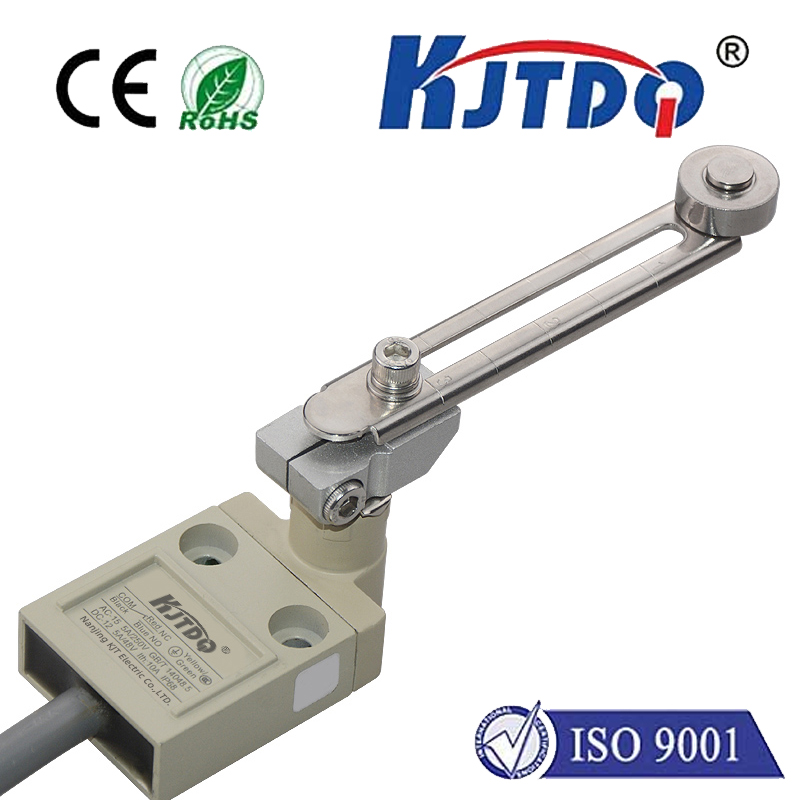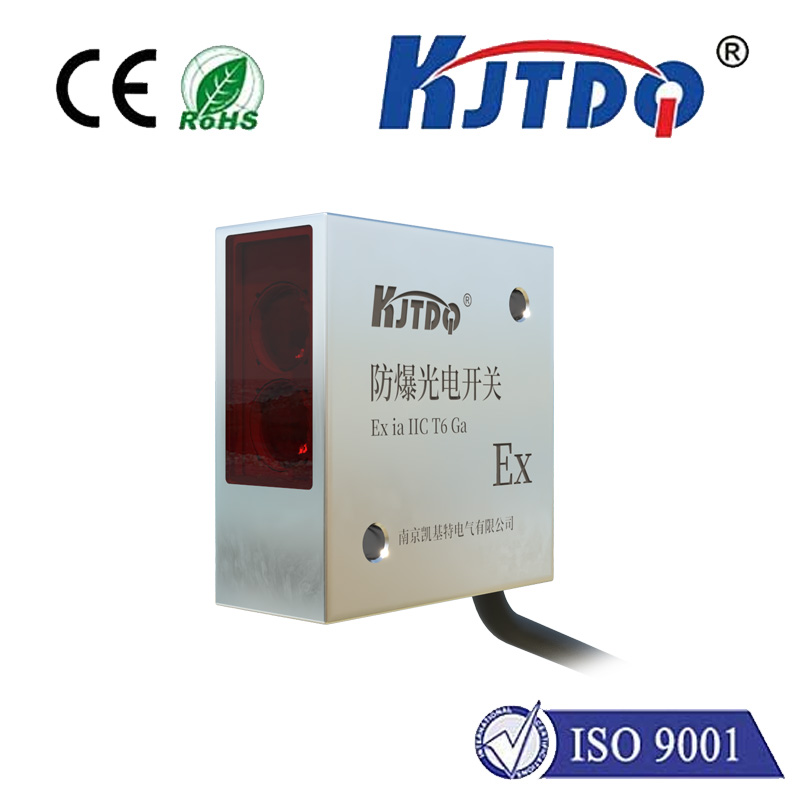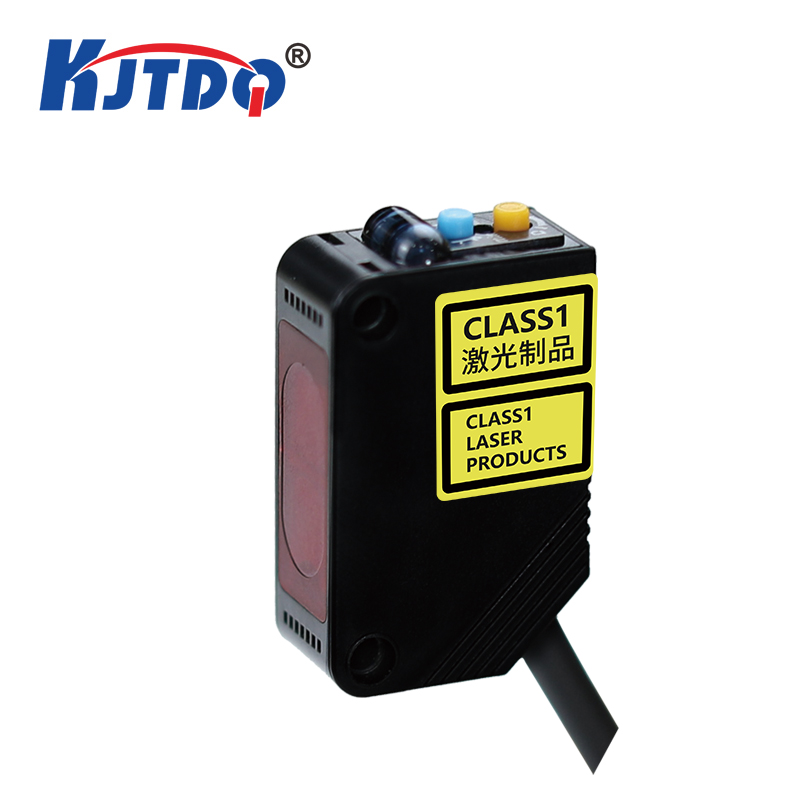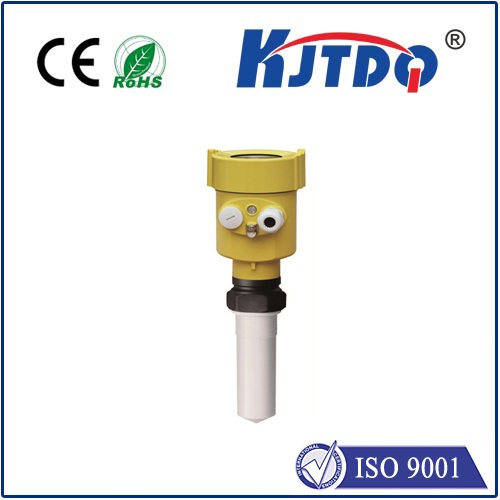Датчик приближения 12V
- time:2025-09-05 13:46:08
- Нажмите:0
The Unsung Hero of Automation: Unlocking the Power of 12V Proximity Sensors
In the intricate dance of modern machinery and automation, where precision and reliability are paramount, a silent sentinel often stands guard: the 12V proximity sensor. Far more than just a simple switch, this robust and versatile component plays a pivotal role in countless applications, from factory floors to automotive lines and beyond. But what makes the 12V DC variant so universally compelling? Let’s delve into the world of non-contact detection.
Understanding the Proximity Sensor: Beyond the Physical Touch
Unlike mechanical limit switches that require physical contact to activate, a датчик приближения operates magically without touching its target. It detects the presence or absence of metallic objects (in the case of inductive sensors, the most common type) through changes in an electromagnetic field generated by the sensor itself. This fundamental principle of non-contact detection translates into significant advantages: no wear and tear from physical impact, incredibly long operational lifespans, and the ability to function reliably in dirty, wet, or harsh environments where mechanical contacts might falter.
Why 12V DC? The Power of Ubiquity and Practicality
The “12V” in 12V proximity sensor isn’t arbitrary; it signifies the operating voltage. This specific voltage is exceptionally common and advantageous:

- Ubiquity: 12V DC power supplies are widespread and readily available. They are the backbone of many control panels, vehicle electrical systems (cars, trucks, agricultural machinery), and smaller automation setups. Using a sensor that directly matches this voltage eliminates the need for additional voltage converters or regulators, simplifying system design and reducing component count and cost.
- Safety & Compatibility: Operating at 12V DC inherently offers a safer low-voltage environment compared to higher AC voltages, simplifying wiring and reducing electrical hazard risks. Furthermore, a 12V DC proximity sensor integrates seamlessly with other common low-voltage control components like Programmable Logic Controllers (PLCs), relays, and microcontrollers.
- Энергоэффективность: Modern 12V proximity sensors are designed for low power consumption, making them ideal for battery-powered applications or systems where energy efficiency is a priority. Their minimal power draw contributes to lower operating costs and reduced heat generation.
Diving Deeper: How Does a 12V Inductive Proximity Sensor Work?
Imagine a miniature coil inside the sensor head, energized by the 12V DC supply. This coil generates a high-frequency oscillating electromagnetic field. When a ferrous metal (like iron or steel) or a non-ferrous metal (like aluminum, brass, or copper) target approaches this active field, it induces tiny electrical currents within the target, called eddy currents. This disturbance causes a measurable change within the sensor’s internal oscillator circuit.
For inductive sensors (the primary type used for metal detection), this change is detected, triggering the sensor’s solid-state electronic switch (transistor output). The output state changes – typically switching on (conducting) or off (not conducting) – signaling the presence or absence of the target to the connected controller (like a PLC). Notably, 12V proximity sensors can have different output types: PNP (sourcing) or NPN (sinking), crucial for correctly integrating them into your control circuit.
Key Characteristics and Advantages of 12V Proximity Sensors
- Robustness & Longevity: The absence of moving parts makes them incredibly resistant to shock, vibration, and millions of switching cycles. They thrive where mechanical switches quickly wear out.
- Speed: They operate at high switching frequencies, capable of detecting rapidly moving objects or targets on high-speed production lines.
- Environmental Resilience: 12V proximity sensors boast excellent ingress protection ratings (IP67, IP68, IP69K are common), making them resistant to dust, water jets, washdowns, oils, and chemicals found in industrial settings.
- Sensing Range: While limited compared to some other sensor types (typically millimeters to a few centimeters), this range is precisely defined and reliable for positioning and detection tasks in confined spaces. Range depends on the sensor’s size (typically diameter) and the target material.
- Installation Flexibility: Flush-mountable sensors can be installed flush with metal surfaces without affecting their sensing range, offering protection. Non-flush types require a surrounding free zone but offer longer range options.
Choosing the Right 12V Proximity Sensor: Factors to Consider
Selecting the optimal sensor involves more than just voltage. Consider:
- Sensing Distance: What is the maximum distance between the sensor face and the target?
- Target Material: Is it ferrous (iron/steel) or non-ferrous (aluminum, copper, brass)? Sensors behave differently based on material.
- Sensor Size & Form Factor: Does the mounting space require a miniature sensor (e.g., M5, M8) or a larger one (e.g., M12, M18, M30)?
- Output Configuration (PNP vs. NPN): Which type is required by your controller? PNP outputs positive voltage when active, NPN sinks current to ground.
- Normally Open (NO) / Normally Closed (NC): Does your logic require the sensor output to be “on” when a target is present (NO), or “off” (NC)?
- Environment: What are the temperature, moisture, dust, and chemical exposure levels? Choose the appropriate IP rating.
- Connection Style: Pre-wired cable or quick-disconnect (QD) connector?
Ubiquitous Applications: Where 12V Proximity Sensors Shine
The versatility of 12V proximity sensors ensures their presence across diverse sectors:
- Промышленная автоматизация: Detecting parts on conveyors, monitoring machine tool positions, counting objects, checking for jams, verifying cylinder end positions, controlling robotic arms.
- Automotive Manufacturing: Position sensing in assembly lines, presence detection in welding cells, ensuring correct component placement.
- Packaging Machinery: Verifying bottle cap presence, detecting labels, controlling filling levels (via target position), tracking package flow.
- Перевозка материалов: Monitoring pallet positions, detecting objects on roller conveyors, safety interlocking.
- Agriculture & Construction Equipment: Implement position sensing (e.g., loader bucket), detecting rotational speed on shafts, safety limit switches.
- Consumer Electronics Assembly: Precision component positioning in automated testers and assembly machines.
Выводы
The 12V proximity sensor embodies a perfect blend of simplicity, ruggedness, and reliable performance in non-contact metal detection. Its compatibility with ubiquitous low-voltage DC power systems makes it an indispensable building block for engineers and technicians designing reliable, efficient, and low-maintenance automation solutions. By understanding their operating principles, key advantages, and selection criteria, you can effectively harness the power of 12V proximity sensors to enhance the intelligence, efficiency, and reliability of virtually any system requiring precise object detection. Whether counting cans on a fast-moving line or ensuring critical machinery is safely positioned, the humble 12V proximity sensor performs its duty silently and effectively, a true workhorse of modern industry.

